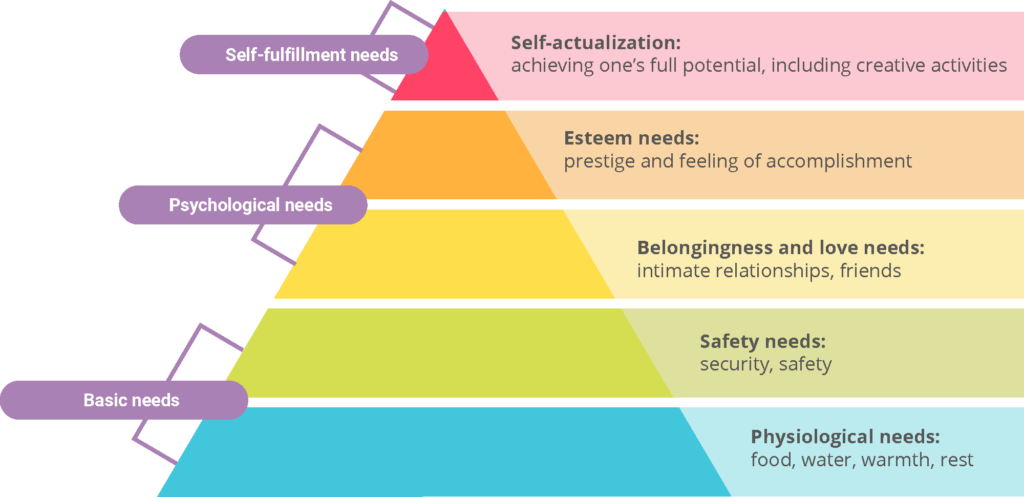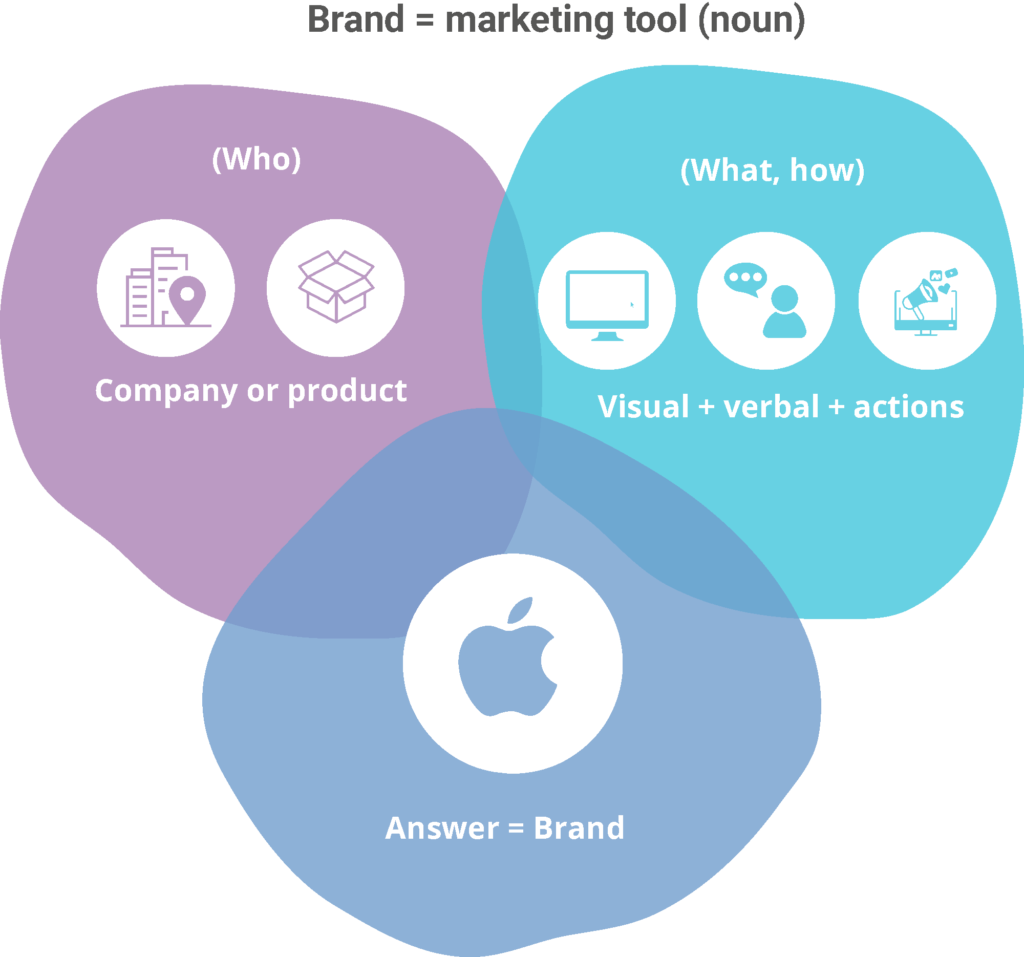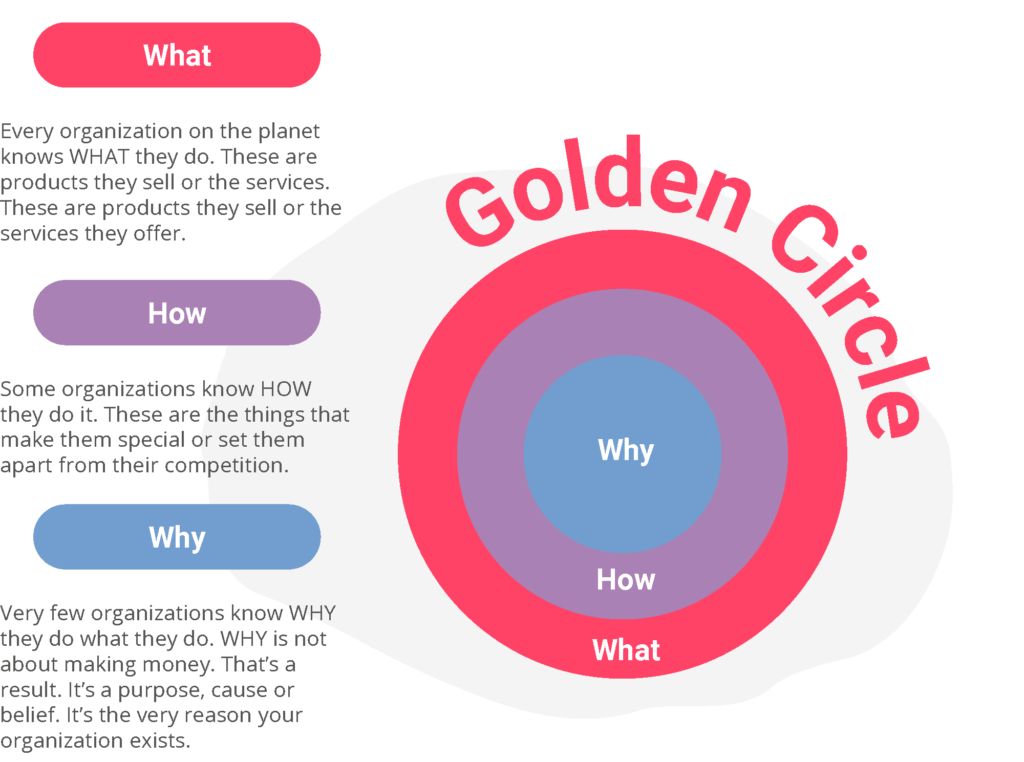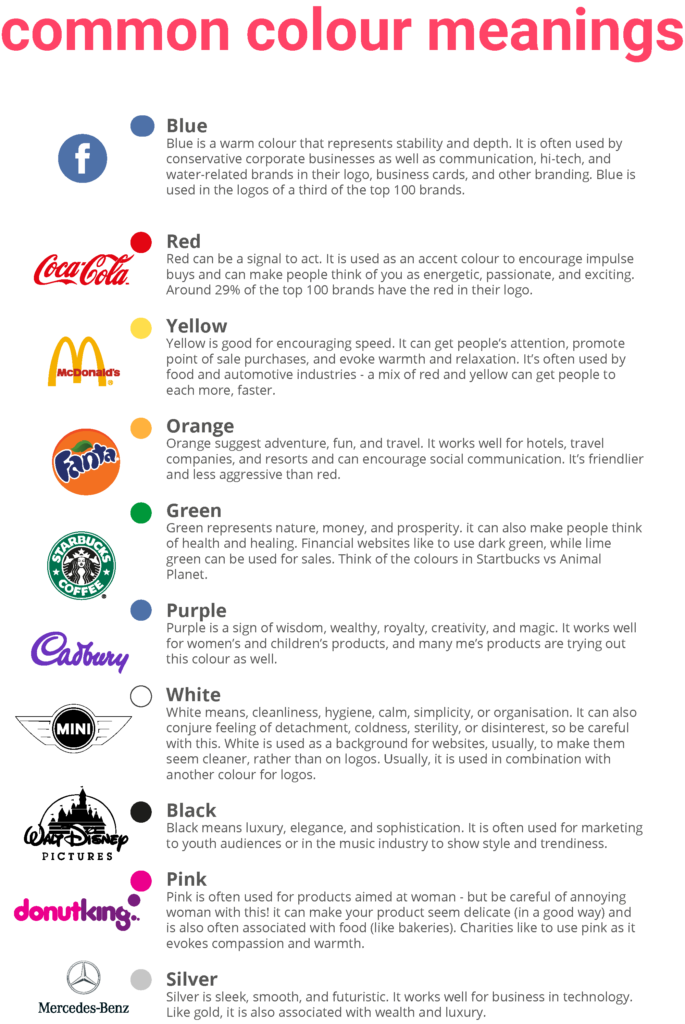Lesson 5: Brands and Branding
Branding
The word “brand” may have originated from the Old Norse word “brandr”, meaning “to burn”. This refers to the practice of branding cattle – literally stamping ownership onto livestock as a way to distinguish between the cattle of different farmers. Cattle owners who had a good reputation for the quality of their livestock would be hailed as having a superior brand over those with inferior livestock.
In recent years, however, “brand” has come to mean something much greater. It’s a promise to customers, telling them what they can expect from your product or service; it differentiates you from competitors and symbolises a merging of economies on a demand-led model.
Comparing Mr Price to Gucci shows how different brands can position themselves differently to different target markets or audiences.
Shoes from both Mr Price and Gucci essentially fulfil the same function: They keep your feet warm and protected. One pair might be made from better-quality materials or more elegantly designed, but those features alone don’t justify the enormous difference in price. The Gucci brand itself allows them to charge a premium for their footwear because of the associations and perceptions that accompany the Gucci brand. The function is the same, but the benefit is different. Consumers feel different things when wearing Gucci than when wearing Mr Price.
So, what is a brand? In short, as branding expert Marty Neumeier said, your brand is not “what you say it is, it’s what [the consumers] think it is”. Far more than just the pair of shoes at hand (the product or service), a brand is the perception an individual has of a given company’s offering, shaped by the sum total of their interactions. Those interactions can include:
- Service
- Reputation
- Advertising messages
- PR
- Previous experiences
- Word of mouth.
Note that only some of these can be directly controlled by the brand – you have to work hard to build a reputation and maintain excellent customer service so that word of mouth will be favourable.
Through all interactions, Gucci positions themselves as a luxury brand. Doing this includes the Gucci name, the stylish and recognisable logo, and the consistent quality of their products. Building up an aspirational brand takes even more than this, though – Gucci is also featured in fashion magazines, receives endorsements from and is associated with film stars, and is included in glamorous events such as international fashion happenings.
All of this contributes to a certain brand image, or perception. When a customer thinks “Gucci”, the associated thoughts and feelings are along the lines of: “top fashion, heritage, excellence, glamour”. This may sound abstract or vague, since we are ultimately dealing with a perception that exists in a customer’s mind. But brands are anything but vague – and the very real dollar value of the Gucci brand is proof of this.
A brand is therefore a mixture of tangible properties, such as quality garments and accessories, top-line designers, a logo and consistent advertising, as well as in intangible properties, namely the associations and impressions that the brand evokes. If these tangible properties are managed well and consistently across all touchpoints, the brand will gain the trust of consumers over time and build up the intangible properties it desires.
Touchpoints
Have a close look at the brand touchpoint wheel, which breaks down all the possible touchpoints your brand may have which, in sum, create the brand and the brand experience. Branding expert Denise Lee Yohn points out, “A wheel like this shows that the big things you say are greatly outnumbered by the little things you do”.

Brand touchpoint wheel – keep in mind, as technology progresses, these touchpoints change (Source)
Not sure what a customer touchpoint is? It’s any point where a customer can encounter your brand – ranging from a direct encounter, such as in-store service or a face-to-face conversation with a salesperson, to indirect encounters such as hearing a radio ad, seeing a billboard on the way to work, or seeing a PPC ad when doing an internet search.
Various consumer touchpoints (Source)
The difference between tangible and intangible properties is easy to see when talking about luxury brands, but what about normal, everyday brands – the kind you would encounter in your local grocery store?
When shopping for margarine, the average customer is confronted with a shelf full of choices, all offering more or less the same features and benefits. Very few people have the time or energy to evaluate each of them individually. A brand is a mark of recognition that makes it easier for customers to make a choice. Instead of picking an unknown or unmarked slab of margarine, a customer is more likely to go for a brand they know and trust.
Managing these tangible properties gives rise to the intangible associations that customers associate with a brand. This, in a nutshell, is what branding comes down to. Remember: a brand is a promise made to your customers, which should be kept in everything you do (Bean in McCulloch).
Brand Promise
If the brand is the promise you make, marketing is how you get that promise out to the public, communicating it to your customers across a variety of channels. Branding is how you keep this promise. This refers to how your company and staff deliver on this product or service (McCulloch).
Consider how your brand can differentiate itself sufficiently from competitors. A nuanced brand will speak to customers on multiple levels. You’ve probably heard of Maslow’s hierarchy of needs. Maslow was a behavioural psychologist who looked at what motivated people. He concluded that people’s basic needs for food, shelter and sleep had to be satisfied first, before they would start to consider the need for belonging and affiliation with others. Then they would move on to satisfying their needs for esteem, including self-esteem, achievement and confidence, before finally aiming for self-actualisation – referring to creativity, spontaneity and self-expression.

Maslow’s hierarchy of needs (Source)
Everything from your logo, website, and social media experiences to the way you answer the phone and the way your customers experience your staff needs to be part of a well-thought-out strategic plan. People tend to do business with companies they are familiar with. If you have a strong brand that delivers on its promise, people will feel good when they engage with your company.
Everybody feels before they think, so how do we choose which brands to notice? We focus on what we already know and can relate to. When a brand makes us feel something, we carry it with us. We tell our family and friends, and we share it on social networks. It makes us feel like we are part of something, something that we can be excited about.
If your branding is consistent and easy to recognise, people feel more comfortable when buying your products or services because they know what they can expect. We wear brands, eat brands, listen to brands, and are constantly telling others about the brands we love. Ultimately, your brand is the call to action for your business.
On the flip side, you can’t tell someone about a brand you can’t remember. A strong brand is critical to getting those referrals, building your network and separating you from your competition.
The best branding is built on a strong idea and goes way beyond just a logo and a design. It’s an idea that you and your staff can hold onto, commit to, and deliver upon. Your brand needs to seep into your entire business. A clear brand strategy helps you stay focused on your mission and vision as a business and can help guide your marketing efforts, saving you time and money. How the brand is perceived will determine the success of the business. So give your customers what they want – a connection that is both meaningful and memorable.
The Importance of Brands
Now that you know what a brand is, let’s spend some more time exploring why it’s important.
We’ve already said that people are more likely to trust you if you have a strong brand. But so what? When people trust your brand, they are more likely to use it and recommend it, and they are often willing to pay more for it. This is even more the case when a brand works toward transparency – people trust it more, will be more loyal, and will pay more (Source).
Brands like Coca-Cola, Apple, Ford, KFC or McDonalds have spent millions on ensuring that their brand is worth much more than all their physical assets put together

A brand is who you are combined with what you do (Adapted from here)
In an increasingly competitive marketplace, brands have to strive for differentiation, promote growth and relevance and have a clear purpose for customer.
A brand’s purpose and the “experience” factor in an attention economy
Purpose is central to a brand, its identity and the business that brought it to life. To understand the purpose of a brand, you need to ask “why?” Aside from making a profit, why does your brand exist? The best place to start when attempting to work out the “why” of your brand is with Simon Sinek’s Golden Circle.

The Golden Circle (Source)
Understanding the deeper ‘why’ a business and its brand exists provides a sturdy foundation upon which everything else — the “how” (brand experience, organisational culture) and “what” (what products or services you offer) – can be built. In other words, the “why” is at the centre of everything.
So what is a brand’s purpose?
While brands used to be restricted to providing consumers with a sense of belonging, they can now build friendships with individuals (Facebook), help create knowledge (Wikipedia), share and generate films (YouTube) and create a marketplace (eBay, Bid or Buy). The power of brands is incredible, and as Meg Whitman, the executive for HP, once said “When people use your brand as a verb, that is remarkable!”
Think about how we use the term “google it” to mean searching for something online or “Instagram it” as a reference to taking a photo and posting in on social media, or even “I’ll Skype you” as an indication that we will internet-call someone.
While brands traditionally belonged to farmers, manufactures, advertisers and multinational organizations, today, brands belong to each of us. Everyday people make or break brands through the use of them – brands now mean what consumers say they mean.
If you want to guide consumer perception of your brand, you need to have a perfect understanding of what you want that brand to be. Start by understanding the brand’s identity and objectives. Consider:
- What does it stand for?
- What does it mean?
- What makes it unique?
- How do people perceive it?
Understanding the business and brand as well as the product or service offered will allow the strategist to make well-informed decisions about how they should be promoted.
The “experience” factor in an attention economy
In our digitally obsessed world, you face a lot of competition for your buyers’ attention in your quest to advertise your company, service or product. Most of us are bombarded with a tsunami of commercials, adverts, brand labels, phone ads – anything to get your attention and compel you to buy. To be heard above the noise, you need to be creative, memorable and engaging. It’s easy to stand up, but it’s hard to stand out.
The “experience” factor is all about how you treat your client in a way that will make you stand out, instead of just standing up. Let’s look at a story that illustrates the importance of this factor.
Saatchi and Saatchi are a global advertising agency with a rich history of building successful brands. Legend has it that one of reasons Saatchi and Saatchi won the British Rail account was the way they treated their potential client. Intrigued? Read on!
During the pitch process, Saatchi and Saatchi invited the British Rail bigwigs to a special presentation at their offices. Saatchi kept them waiting in their shabby reception area and served them cold tea. As they waited, messages kept arriving, informing them that the CEO and his team would be there any minute.
Finally, after waiting over an hour, the British Rail executives furiously told the receptionist that Saatchi would never, ever be working for British Rail.
At that very moment, the Saatchi team emerged and declared: “Well, now you know how your customers feel – let’s see what we can do to fix it!”
Not only did they get the business, they created one of the world’s best positioners for a transport company desperately trying to change: “British Rail. We’re getting there.”
Logos
As the “face” of a company, logo design is critical. That simple graphic will be on every piece of correspondence and advertising. A professional logo design is simple enough to be memorable, but powerful enough to give the desired impression of your company. Think of how we instantly recognize the golden arches of McDonalds or the simple but powerful tick of Nike. Your logo is one of the most important choices you can make!
Zuza recommends simple logos because:
- They’re easy to recognise when they’re small
- They’re easier to remember
- They make a better first impression (or at least a more memorable one)
- They aren’t reliant on colour for their impact
- They can become iconic.
People use your logo to decide whether they trust you. That decision happens within the first 10 seconds! Despite that, however, it can take up to 7 impressions for people to remember your brand.
Colour as communication
Colour schemes are incredibly important to your logo and overall branding. Different colours have the ability to stir up emotional responses, such as calm, happiness, or frustration.
When using colors in your brand design, consider your company’s ideal customer. What colours will your customer respond to? Is your colour scheme overwhelming or pleasing to look at? Are you trying to convey your brand’s voice with a bright and funky orange or a professional, calming blue?
Regardless of your choice, spend time to research the best colour options to leave your customers with a good first impression. The colours you use to advertise your business influence the buying decisions of your clients. In fact, it’s probably more important than you think, according to Moir (pdf):
- A signature colour can increase brand recognition by 80%.
- People make a judgement about a product within 90 seconds
- 62%-90% of that judgement is based on colour.
- Here is a brief explanation of colours and their meanings in branding.
Keep in mind that colours can have different meanings in different countries and cultures – so consider that before you choose yours.
Common colour meanings

Logos and their colours
Credibility
Brands make you recognisable, but they also create business credibility. How do you do this? Start by demonstrating empathy for your customers and the people on your team. Understand what they want from you.
Transparency
Without a doubt, your staff and stakeholders want transparency about your business and your goals, so be honest and sincere. Remember, consumers these days are very savvy – they can usually tell when a brand is saying something or takes a stance on something only for positive publicity points. Lack of authenticity shows. Transparency, on the other hand, builds trust and makes people more comfortable spending money or investing in your business.
Focus
Focus your energy and resources on only those tasks and assets that help meet your goals. By proving you have the skills necessary to accomplish those goals, you instill confidence in your team and put your stakeholders at ease. Be proud of your achievements, and allow them to speak to your credibility by sharing them on the appropriate social media platforms.
Confidence
Be bold about asking for endorsements and testimonials from other successful professionals, especially if your role in the relationship added value and had a positive impact. If you are early in your career, you probably lack the necessary achievements to build credibility, but even then, confidence without cockiness can speak volumes about you.
Altruism
You know the saying “What goes around comes around”? While turning a profit is your ultimate goal, you need to be as helpful as possible while starting and running any business. Go out of your way to help all of your customers – invest time and effort (especially in the beginning) into providing as many resources as you can to make this happen. Sometimes this means creating and giving away lots of free stuff or content to build trust with your customers and get them to believe in your company.
Being an entrepreneur who gets things done, stays true to his or her word, and has a history of successes creates credibility “currency” that can be cashed in instantly.
